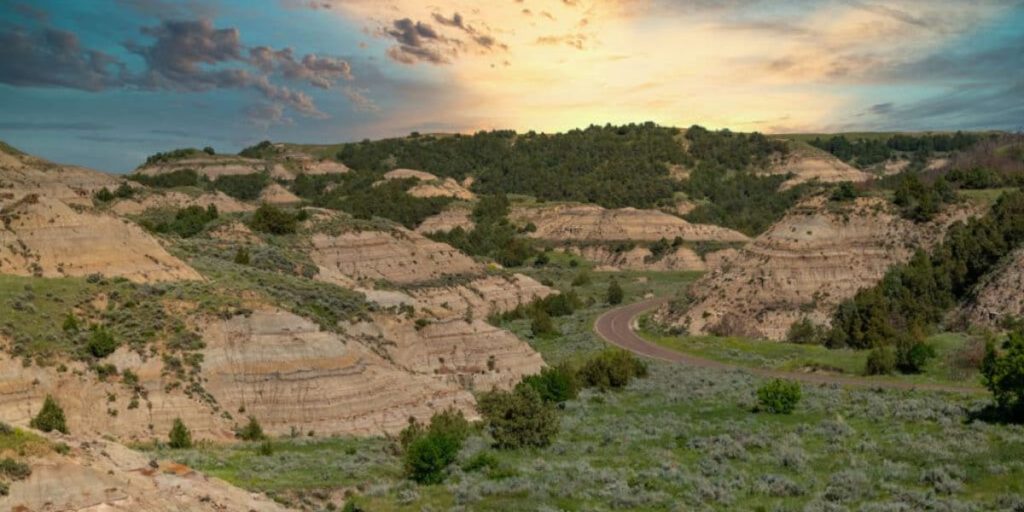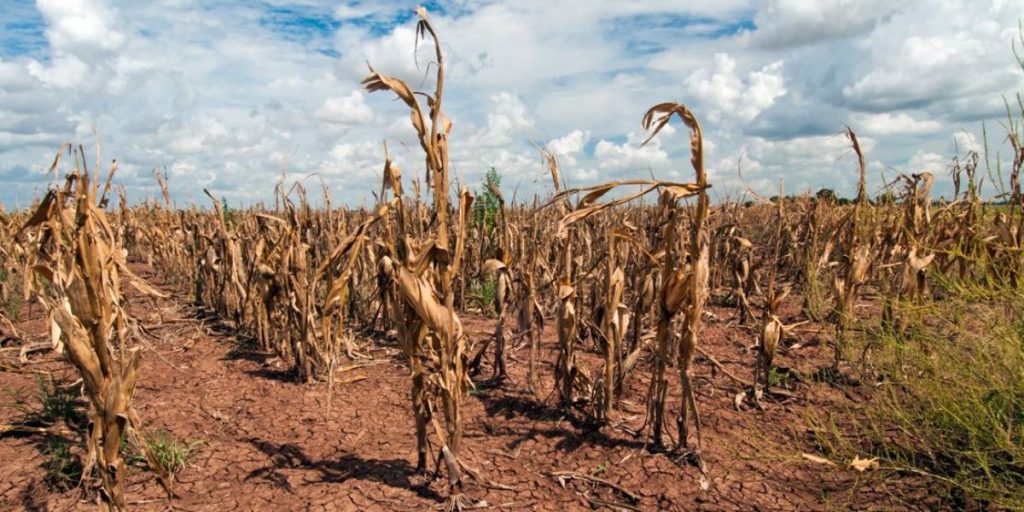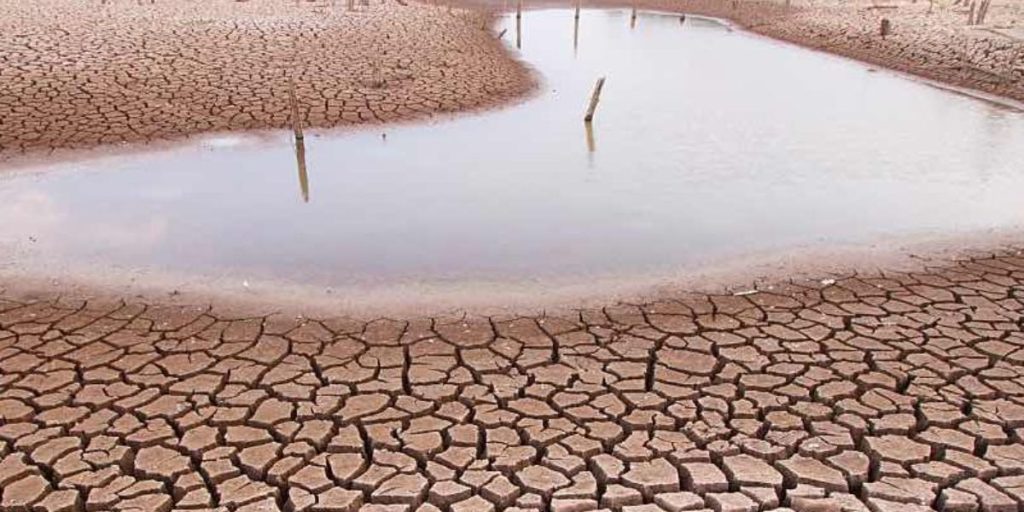The Southwest has the majority of the United States’ driest states. According to some climatologists, climate change will make this area much drier and warmer in the future.
The United States of America is the world’s fourth-largest country, behind China. Because of the country’s vast expanse, rainfall volume and uniformity vary greatly. While some states receive far more rain than others, others are dry, receiving only a few inches per month. But which of these southwest states has the driest climate?
Below, we will look at the five driest states in the United States, their climates, and how upcoming droughts may affect them in the coming years.
Nevada, 10.2 inches of rain each year
Nevada is the driest state in the United States, receiving approximately 10.2 inches (241 mm) of rain every year. According to data collected since 1938, Las Vegas gets slightly less than 4.2 inches of rain per year on average.
The state’s elevations range from less than 500 feet in the sweltering lowlands to more than 13,000 feet in the cold alpine forests of the north. Nevada receives 26 days of precipitation per year, with an average of 5 inches of rain per day, compared to the 38-inch national average. The state receives only 0.3 inches of snow each year on average, compared to a national average of 28 inches.

Utah, 11 inches of rain each year
Utah was the third driest state for decades. However, it has been the second-driest state in the nation for the past three years. The state’s climate is arid with low humidity, with annual precipitation averaging 11 inches and ranging from less than 8 inches to 50 inches in different locations and elevations. Utah’s climate varies from semi-arid to desert, with hot summers and cold winters. The climate changes according to height due to the state’s numerous mountains. The Pacific Ocean has the greatest effect on rainfall in April.
Arizona, 12.6 inches of rain each year
Arizona’s climate, located in the southwest, is not uniform and varies widely throughout the state due to its vast size and varied elevations. The state receives only 12.6 inches of annual rainfall and 0.9 inches of monthly precipitation. Although rain falls during both the summer and winter seasons, July is the state’s wettest month. Summer lasts from June to September, and winter from November to February. Arizona’s climate is arid and semi-arid, with annual precipitation ranging from 3 inches in Yuma to approximately 40 inches in the White Mountains.

Wyoming, 12.68 inches of rain each year
Wyoming, located in the United States mountains, is the country’s fourth driest state, receiving 12.68 inches of precipitation each year. It also has the lowest population in the nation. Because it is located in America’s mountainous region, it experiences severe temperature fluctuations. Wyoming’s climate ranges from semi-arid to continental, with more extreme temperatures than the rest of the country. The state receives the most precipitation between late spring and early summer, making Wyoming a true desert.
New Mexico, 13.85 inches of rain each year
New Mexico, in the southwest of the United States, has a variety of climates. The state is characterized by extensive high plains, deserts, and mountains. New Mexico has one of the most arid climates in the country, with an average annual precipitation of 13.85 inches. In contrast, precipitation increases with elevation.
The higher mountains receive approximately 40 inches of rain, whilst lower areas receive only 8 to 10 inches. New Mexico’s hot climate has long been one of its most alluring aspects, especially for retirees and those seeking treatment for respiratory and other ailments.

What Causes Droughts in the American Southwest?
Much of the west is under the rain shadow of the Sierra Nevada and other major ranges, which adds to the widespread drought pattern. The Pacific Northwest is particularly rainy because coastal mountains keep moisture from reaching the interior, whereas the Southwest is completely dry.
As the region becomes burnt, both the ground and the air temperatures rise. Thus, several of those temperature records were set during droughts. Water reservoirs are also depleted due to a lack of snowpack in Colorado and Arizona.
Conclusion
The American Southwest, including Nevada, Utah, Arizona, Wyoming, and New Mexico, faces increasing aridity and warming due to climate change. With minimal annual rainfall, these states are among the driest in the US. The looming threat of more frequent and prolonged droughts poses challenges for agriculture and intensifies pressure on water resources, highlighting the urgent need for sustainable water management strategies in the region.